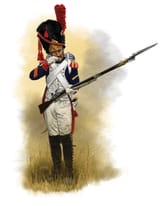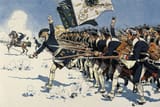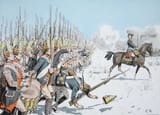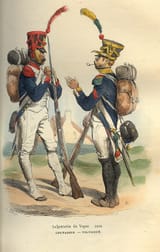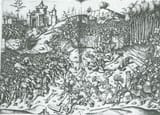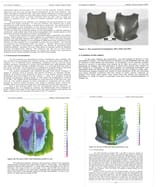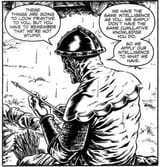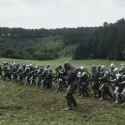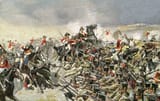how many times do we have to have this thread
if you can think of doing something differently from the comfort of your armchair, then the people actually doing it for a career whose lives literally depended on doing it as well as possible surely could too; it's possible that they actually did and you're just not aware, or otherwise there was more than likely some other reason that made it not as viable as you think
linear warfare only seems nonsensical to normies in current year because their understanding of it is based on current year media made by equally clueless people
>>64412484 (OP)
>Did they seriously march in lines towards enemy guns?
how else are you going to coordinate a batallion of 500-ish dudes without any radios?
consider roman legionary tactics: they would advance towards their enemy, throw javelins into the enemy formation, and then charge in to attack with their swords before the enemy regains cohesion
linear warfare is fundamentally identical, just with muskets and bayonets instead of javelins and swords
>Why not spread out?
They did: armies possessed light infantry/skirmisher troops which fought in such a manner, so they obviously were aware of the possibility
this wasn't done as standard in pre-smokeless powder warfare because within the limitations of period technology, it was only really viable in niche situations (harrassing, skirmishing, screening for the main body of infantry, fighting in rough terrain), were absolutely helpless against cavalry or a bayonet charge, and still depended upon the big wall of bayonets for protection if things went south
1/2
